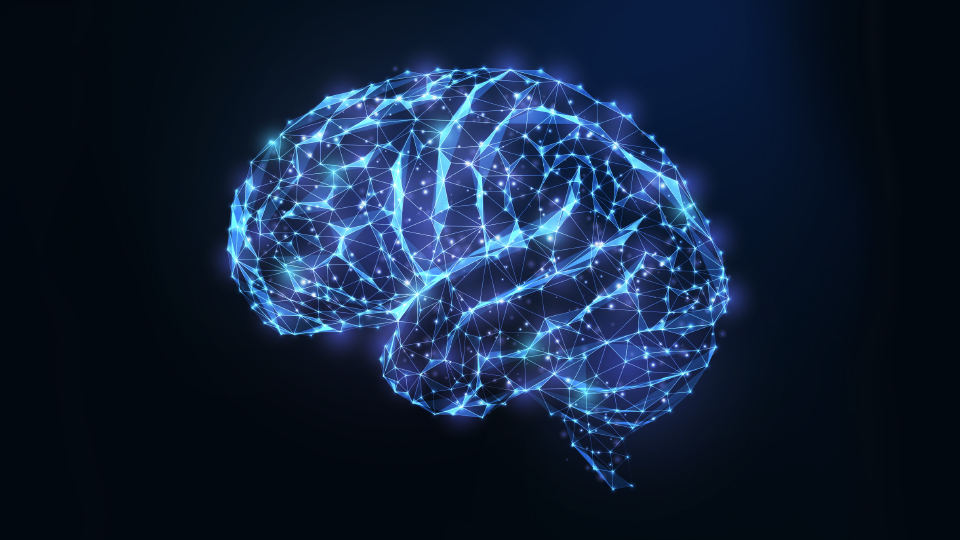EEG in ICU: what the intensivist should know
DOI:
https://doi.org/10.37051/mir-00187Keywords:
electroencephalogram, encephalopathy, status epilepticus, cardiac arrest, prognosisAbstract
The EEG is the record of brain electrical fields, characterized by a high temporal resolution but a limited spatial resolution. EEG is largely available, noninvasive and recorded at the patient’s bedside. The main interest of EEG in intensive care unit (ICU) is the detection of seizures or status epilepticus and the investigation of confusion or persistent coma. The EEG can also be useful for the diagnosis of encephalopathy, encephalitis and brain death. EEG allows the assessment of the initial severity of a primary cerebral insult (after cardiac arrest (CA), traumatic brain injury or stroke), as the brain injury severity is correlated with the predominant frequency, the background continuity and the mean amplitude of recorded electrical brain activities. Finally, EEG represents the most widely tool use in recent surveys examining current neuro-prognostication practices after CA, as “highly malignant” patterns (i.e., suppression with or without periodic discharges and burst suppression) remain highly correlated with poor neurological outcome. In this review, we summarize EEG signal generators, recording modalities, interpretation, potentials confounding factors and prognostic values of the different EEG patterns. Finally, we assess the perspective for the future of ICU, as continuous EEG monitoring (cEEG) and quantitative analysis of the EEG (qEEG).


